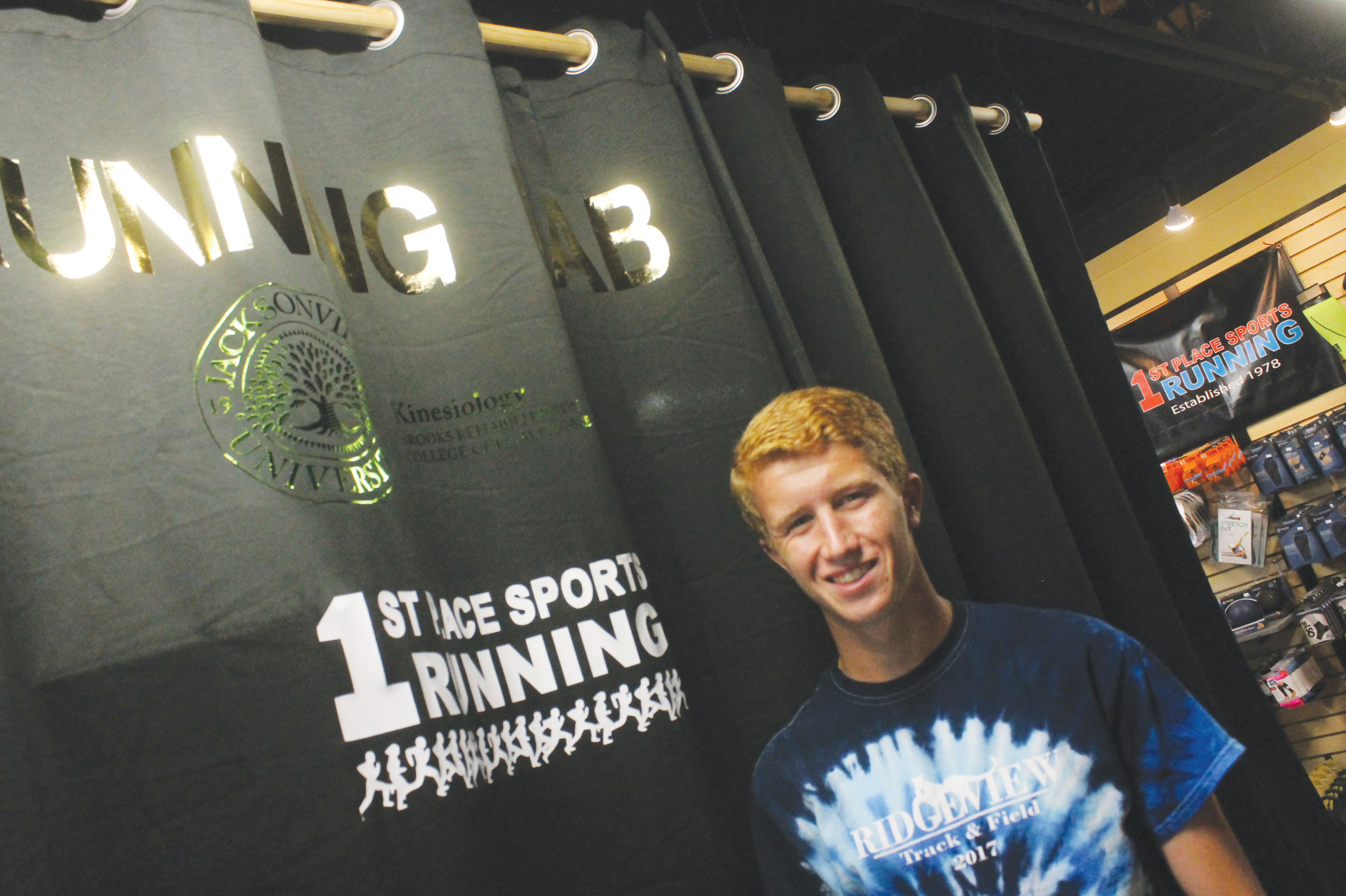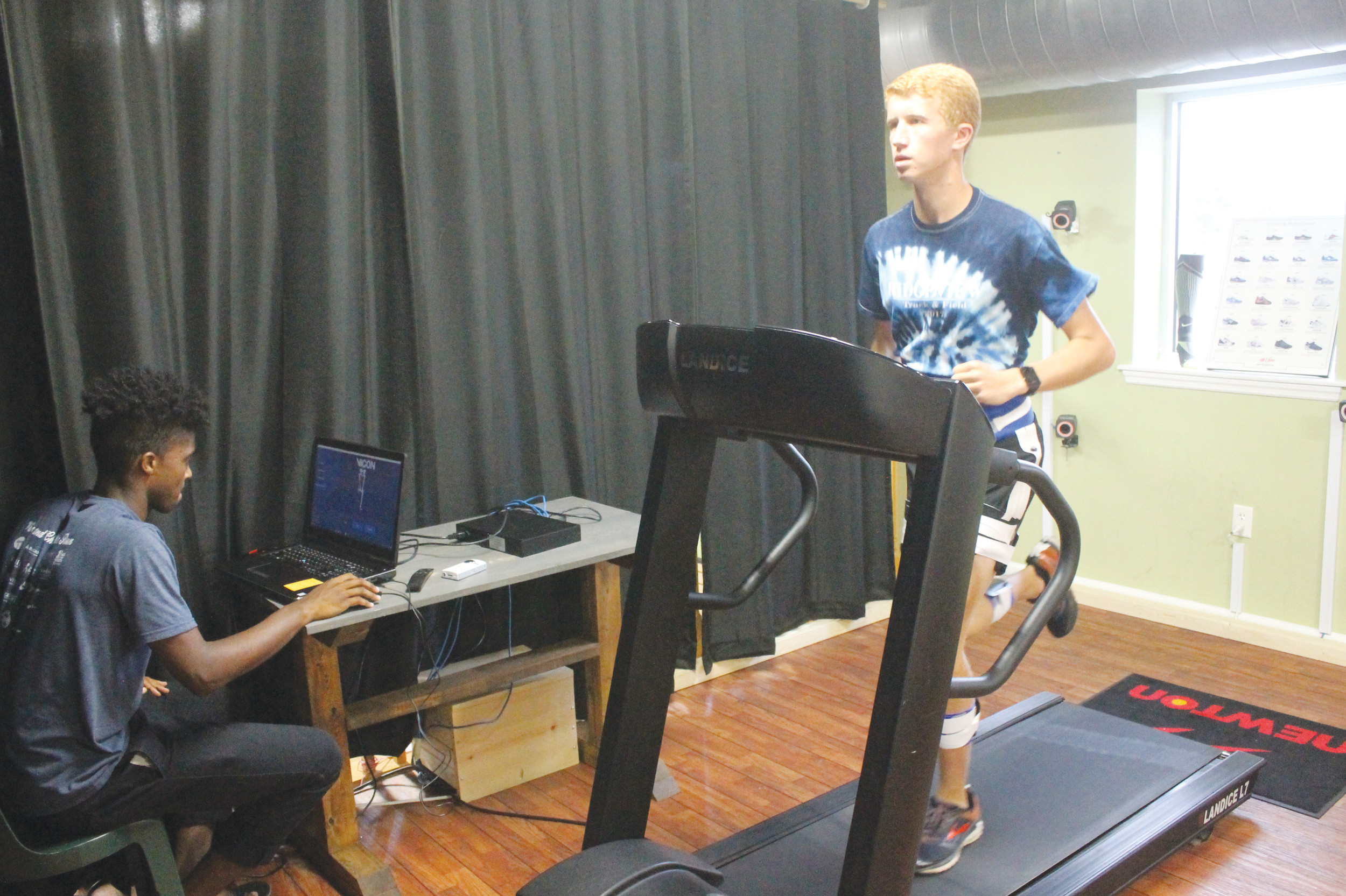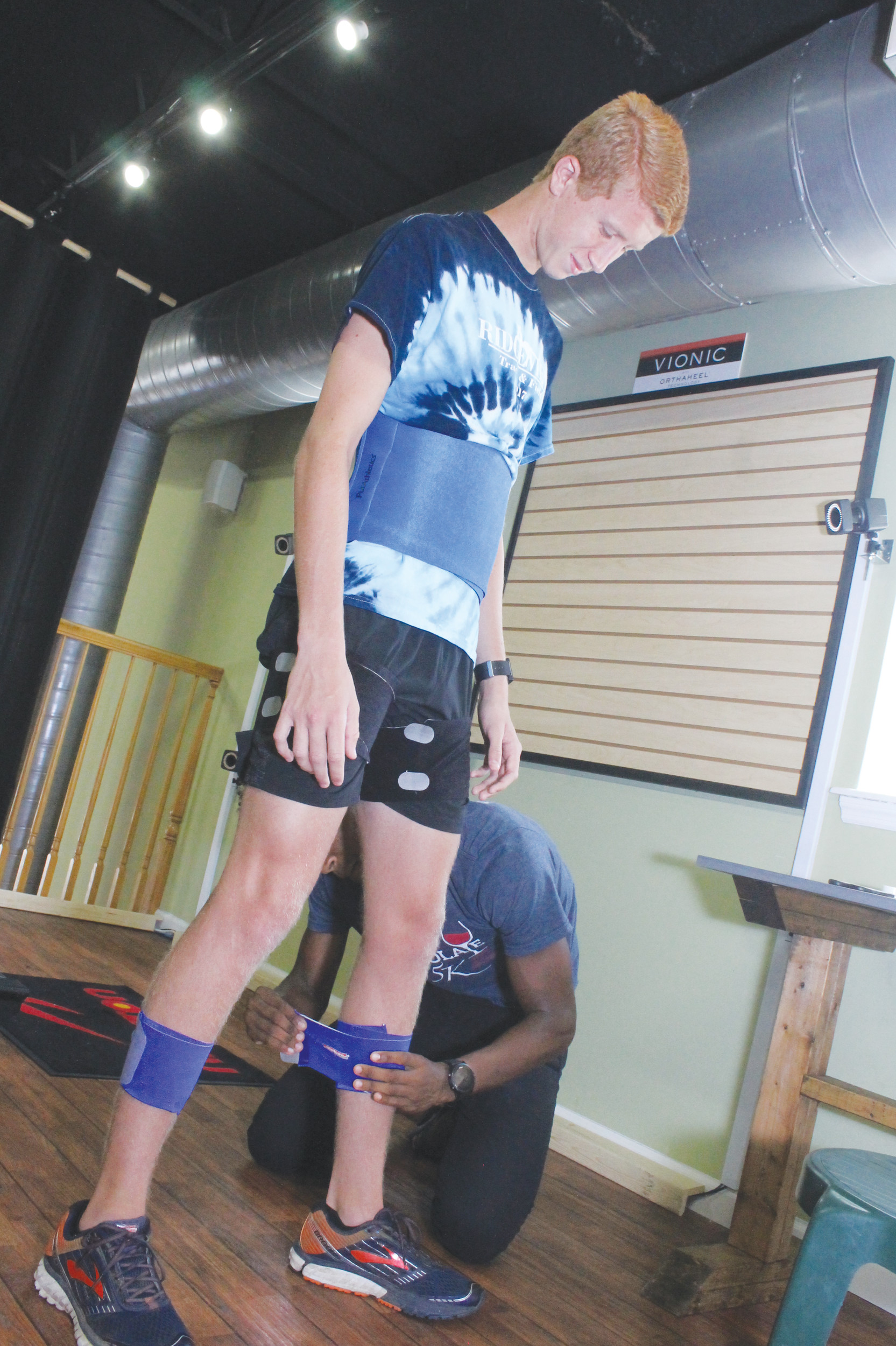1st Place Sports opens running lab opens running lab
JACKSONVILLE - Area cross country runners will be lacing up their spikes on Fri., Aug. 18 with the kickoff of the first annual Cecil Field Preseason Cross Country Classic, a twilight first look at …
This item is available in full to subscribers.
Attention subscribers
To continue reading, you will need to either log in to your subscriber account, or purchase a new subscription.
If you are a current print subscriber, you can set up a free website account and connect your subscription to it by clicking here.
If you are a digital subscriber with an active, online-only subscription then you already have an account here. Just reset your password if you've not yet logged in to your account on this new site.
Otherwise, click here to view your options for subscribing.
Please log in to continueDon't have an ID?Print subscribersIf you're a print subscriber, but do not yet have an online account, click here to create one. Non-subscribersClick here to see your options for subscribing. Single day passYou also have the option of purchasing 24 hours of access, for $1.00. Click here to purchase a single day pass. |
1st Place Sports opens running lab opens running lab
JACKSONVILLE - Area cross country runners will be lacing up their spikes on Fri., Aug. 18 with the kickoff of the inaugural Cecil Field Preseason Cross Country Classic, a twilight first look at the summer training results of nearly 25 teams from the north Florida area.
With the opening of the 2017 season, questions to be answered will be centered around the double duo at Fleming Island High School’s boys team; the solo flights of a couple of standouts from around the county and whether two freshmen can open some eyes on the girls circuit.
One area runner, junior Joel Nesi, a Ridgeview High product under the eyes of dad Al Nesi,Jr., since his Oakleaf Junior High days, took a trip to Jacksonville to take advantage of a runner’s test offered by 1st Place Sports of Jacksonville.
The laboratory setting for Nesi, at the Jacksonville Beach 1st Place Sports store’s second floor balcony, became a 40-45 minute physiological test of his running stride, foot placement and fluidity.
Directed by Dr. Jeff Wight, an assistant professor of Kinesiology at Jacksonville University and operated by Jacksonville University kinesiology graduate student Jordan Garmin, the Running Lab’s Biomechanical analysis ran Nesi on a treadmill at near race pace and recorded a battery of camera and computer data to be input against a date-base of nearly 6,000 runners of all levels. Jacksonville University, in collaboration with the University of Calgary’s Running Injury Clinic, a world leader, was set up to provide the inexpensive testing (about $100) for runners of all levels in run-strong Jacksonville. Plans for mid-August include a VO2/Running Economy analysis.
“For the biomechanical test today, I’m going to place reflective markers; 30 to be exact, on parts of the body where we can get joint centers,” said Garman, himself a competitive runner for nearly six years out of University of North Florida. “When the subject runs, we are collecting 5,000 frames of data at two separate paces. We get instant feedback from the cameras to the markers from the ankles, the hips and the knees that we can then compare the results to the average from the 6,000 runners in the data base.”
For Nesi, a 17:40 5K finisher last year with a near-miss at the region 1-2A championships where he finished 27th (about 40 seconds off the 16th place regional qualifier’s 16:55), the testing was more a way to see if his stride could be improve. At six feet tall, Nesi has a solid runner’s body with little body fat.
“I want to get faster and try to be injury free,” said Nesi. “This test gives me some information about the foot strike, the hip rotation and the efficiency.”
For coach Al Nesi, any tool available is a plus.
“We couldn’t get this kind of data just running our training runs around Ridgeview, but I would think it is a valuable tool for coaches to be able avoid injuries, improve running posture and be more efficient with arms and head position,” said Nesi. “It’s all on the computer and the kids are linked in and can see the results themselves. It’s good information from a source other than the coach.”
Garman, who concurred that Nesi is an above average runner, sees the testing, which will also tag up with VO2 testing for cardiovascular efficiency in late August, is good for minor adjustments.
“One of the more informative tests is our variability test on the runner’s efficiency,” said Garman. “Once we get a benchmark of the higher class runners stride, we can pattern a series of runs against it to see the differences at different parts of the running motion. What that shows is running efficiency.”
Garman compared a Nesi-type runner to a recreational runner and pointed out the baseline efficiency was nearly a solid line with no vibration (deviations) while a recreation runner looks like four of five different lines of stride.
“’That says the runner is efficient running at race pace or training,” said Garman. “When you see a great runner, it looks fluid and smooth.”
Garman noted that a runner’s injury; say shin splints or knee aches, can be detected with a study of the data gained.
“When we get a runner with an issue; a pain or ache, we can evaluate and see relationships,” said Garman. “Most running aches are not just from a deficiency in one spot; but sometimes a series of spots.”













